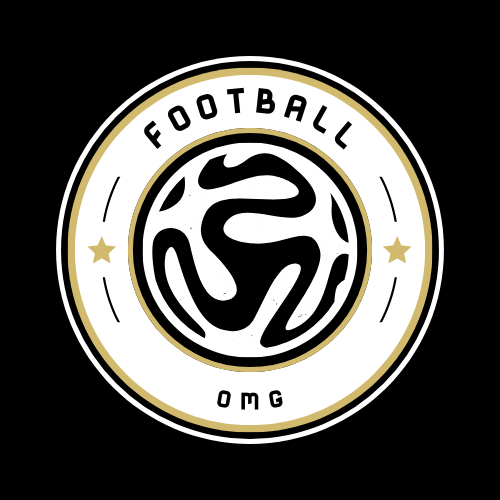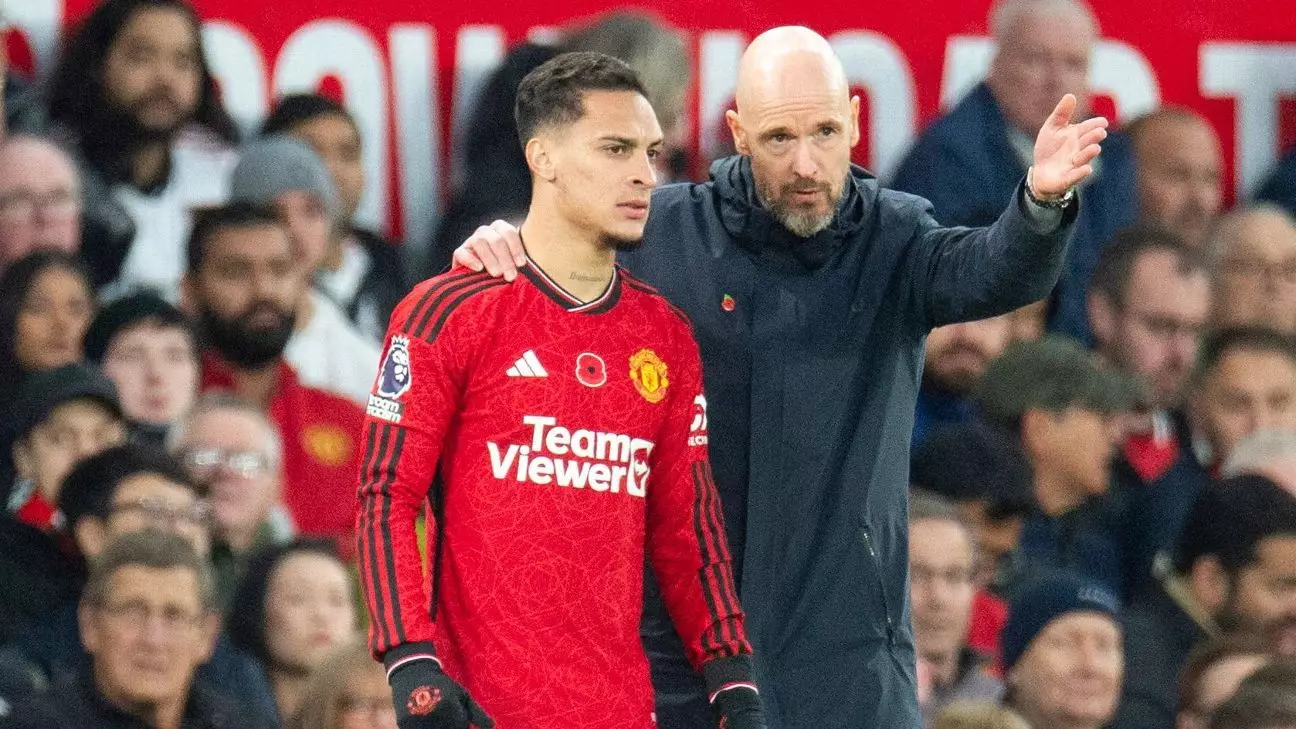In recent weeks, the football transfer market has been abuzz with speculation and strategic maneuvers, particularly in the German Bundesliga and the Premier League. New Bayer Leverkusen coach Erik ten Hag is poised to capitalize on his prior relationship with Manchester United winger Antony, who has found himself on the fringes at Old Trafford. After a successful loan spell at Real Betis, where he netted nine times in 24 appearances, Antony has attracted the attention of multiple clubs. Bayer Leverkusen seems to be in a prime position to facilitate this transfer, especially if Florian Wirtz’s rumored move to Liverpool for a staggering £100 million materializes. This potential cash influx would bolster Leverkusen’s capacity to secure Antony’s services, marking the third time Ten Hag and Antony would unite following their stints at Ajax and Manchester United.
Meanwhile, Arsenal is targeting Aston Villa’s Morgan Rogers, who has made notable strides this season with eight goals and 11 assists in the Premier League. The young English forward’s performance has not only put him on the radar of several clubs but also affirmed his value, as his current contract with Villa extends until 2030. Arsenal’s additional interest in Feyenoord’s Igor Paixão indicates a dual approach—targeting both high-profile players and emerging talents. Paixão, being the cheaper option, represents a savvy scouting strategy that many clubs, including Arsenal, must adopt to thrive within the highly competitive environment of English football.
Bayern Munich’s Bold Aspirations
On the other hand, Bayern Munich is meticulously planning its offensive for the summer transfer window, setting its sights on Liverpool’s Cody Gakpo and AC Milan’s Rafael Leão, both of whom would command lofty transfer fees exceeding €70 million each. It’s a clear assertion of Bayern’s ambition, yet it also raises questions about the current squad’s balance. The potential departures, like that of Joao Palhinha, hint at a fundamental restructuring as competitional needs evolve.
In this blend of high-stakes negotiations, Bayern’s tactical foresight becomes evident. Holding discussions with player representatives signifies not just ambition but a proactive approach to strengthening their squad before rivals capitalize on their weaknesses. Gakpo and Leão both bring unique attributes that could invigorate Bayern’s attacking line, but the financial implications of these deals present a challenge that must be navigated carefully.
Manchester United’s Pursuit for Strikers
In another corner of the transfer landscape, Manchester United is making headlines with their pursuit of Brentford striker Bryan Mbeumo. The Red Devils have reportedly laid down an initial offer of £45 million plus add-ons, but Brentford’s valuation tells a different story, emphasizing the growing trend where clubs refuse to undersell their talent. Mbeumo’s eagerness to cross the English football divide could complicate matters further, as United will likely need to enhance their offer to meet Brentford’s expectations.
The increasing competition for strikers and the astronomical fees involved illustrate a pivotal moment in football, whereby clubs are more inclined to hold onto valuable assets rather than capitulate to richer rivals. As strategies become more intertwined with financial prudence, the climate surrounding player transfers shifts toward a delicate balance between ambition and fiscal responsibility.
Liverpool’s Tactical Maneuvers
Liverpool has also found itself engaged in complex negotiations for Bournemouth’s Milos Kerkez, a young wing-back touted as a vital upgrade for Andrew Robertson. The reported £45 million valuation is a testament to the growing market for promising young talents, but it places Liverpool in a precarious position where negotiations appear stalled. As clubs prioritize strengthening their squads, Liverpool’s struggle to meet Bournemouth’s valuation highlights a restrictive trend that could hinder their ambitions.
The larger picture showcases a league where conveyor belts of talent are both a blessing and a curse. For clubs like Liverpool, the challenge lies in executing timely and strategic recruitment while navigating the treacherous waters of player valuations. Yet, the club’s focus on young, dynamic players aligns with long-term goals, hinting at a nuanced understanding of the market.
Future Leaders and Team Dynamics
As the transfer window continues to unfold, it beckons a range of players across varying trajectories. Arsenal is exploring multiple avenues, identifying talents like Jadon Sancho, while Juventus makes headlines with the acquisition of Pierre Kalulu from AC Milan, sealing a deal that signifies intent within Serie A. This strategic landscape is not merely a matter of acquiring high-profile players; it’s about constructing a team that embodies both skill and synergy.
In this context, names like Luka Modric emerge—not just as seasoned professionals but as icons whose potential movements can reverberate through the transfer corridors, influencing decisions and strategies for entire clubs. Modric’s preference for AC Milan embodies a legacy of ambition and identification with club ethos. Every move in the transfer market echoes the complexities and narratives woven throughout football history, encapsulating the passion, aspiration, and sheer unpredictability of the beautiful game.

